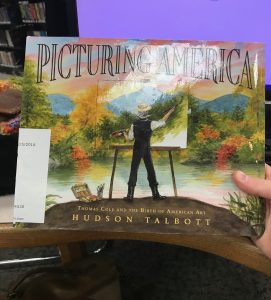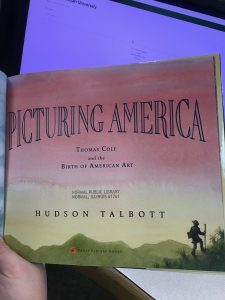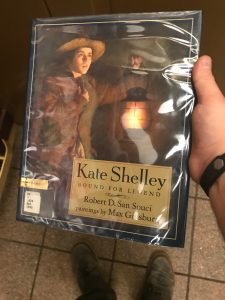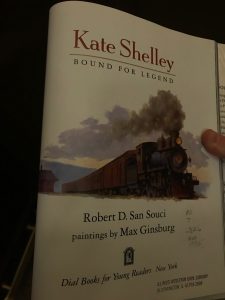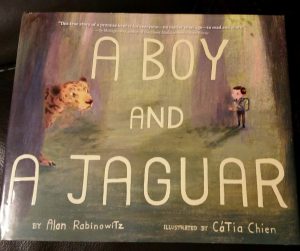
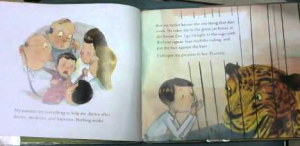
Title – A Boy and A Jaguar
Author(s) – Alan Rabinowitz
Illustrator/Photographer – Ca’Tia Chien
Publisher and Year – Houghton Mifflin Harcourt Publishing Company, 2014
Number of pages – 30 pages
Tags/Themes – Rylie Loux, Animals, 3-4, Emotion
Genre – Biography, Non-Fiction
Descriptive Annotation: This story is a biography about the authors journey through life, from boyhood to adulthood, feeling restrained by his disability (speech impediment). He says he can only speak fluently when he is singing or when he talks to animals. He promised his pets and a jaguar at the zoo that he’d grow up to “be their voice and keep them from harm.” In college, he received assistance to help him speak fluently, formalized his study of animals, and eventually developed a specialization in wild cats and jaguars. A question and answer at the end of the book provides readers with additional context for his work, conservation efforts, and stuttering.
Classroom Application: This is a perfect resource for engaging students in a science lesson involving animals and wildlife. An example of how to connect this story in the classroom would be to have students study a specific endangered animal through writing, drawing, or speaking. Then have them talk about what is being done around the world to protect various endangered species and what we they can do to help. This story also supports students to listen and look closely, to wonder about the power of their own voices, and to consider issues of conservation and discrimination from a new perspective. This connects to the classroom to show that everyone is different in their own special way and there should never be bullying or inequity demonstrated in the classroom.
Linguistic and Cultural Diversity Analysis: This book represents the students knowledge of endangerment of animals. This is the scientific lesson that is being presented in the story. The other major moral of this story is the understanding of disabilities and their effects on people’s lifestyles. This story is presented in a way that is relatable for students and also connects to their emotions. “Animals can’t get the words out, just as I can’t. So people ignore or misunderstand or hurt them.” This quote relates to both of the main ideologies that are presented. The author uses the animals to help the young boy describe what he is going through. This may help students see how disabilities are not looked at as a negative, but they are able to connect it to something else. This also presents an idea of equity in the classroom. This story shows students that they are all different, but special in their own way.

